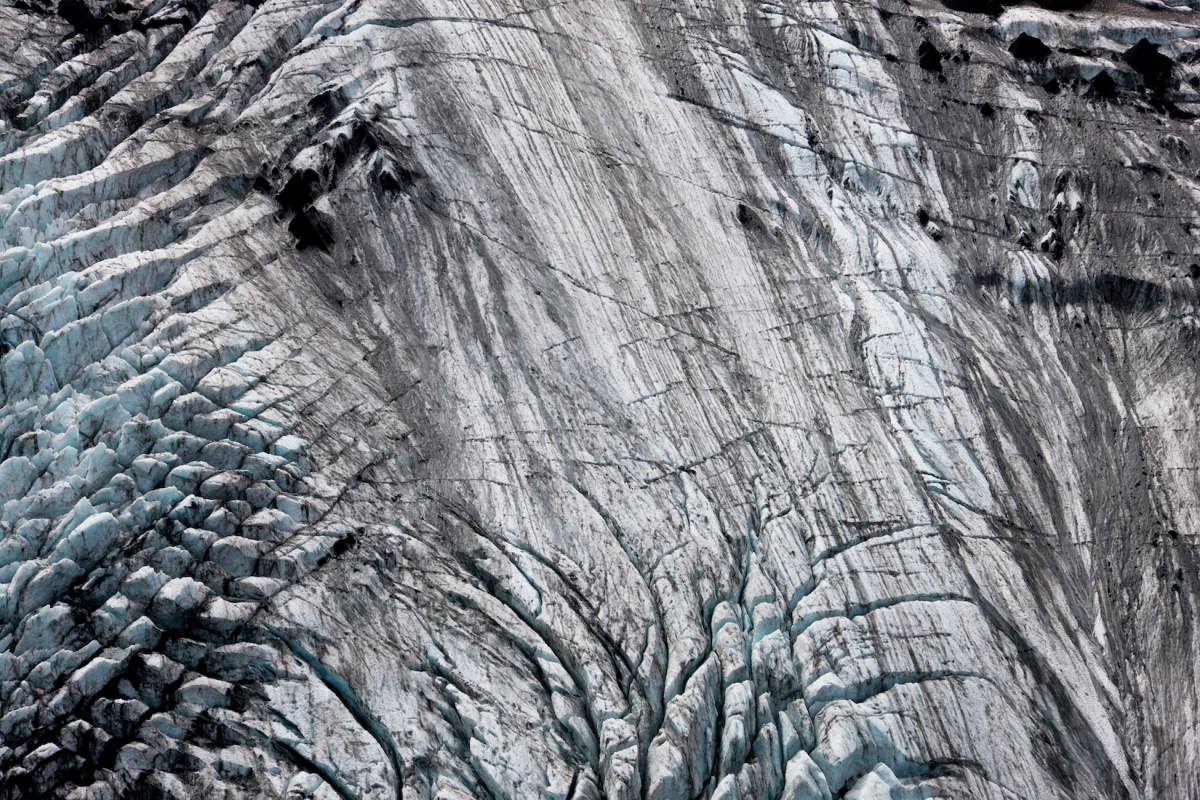Scientists have discovered ice volcanos — ones that spew ice rather than lava — on Ceres, the largest asteroid in the Solar System.
NASA’s Dawn spacecraft captured images of the 588-mile-wide asteroid, and a study published in Nature Astronomy suggests that a new ice volcano has been forming on Ceres once every 50 million years. Though the ice volcanoes are less structurally important to Ceres than our very own lava volcanoes are to Earth, experts are postulating that they may be a factor in the erasure of craters on the surface.
One of the major implications of the study is the notion that other planets and asteroids could have similar ice volcanoes.
Thanks for reading InsideHook. Sign up for our daily newsletter and be in the know.


















